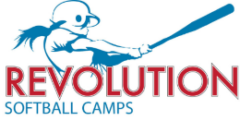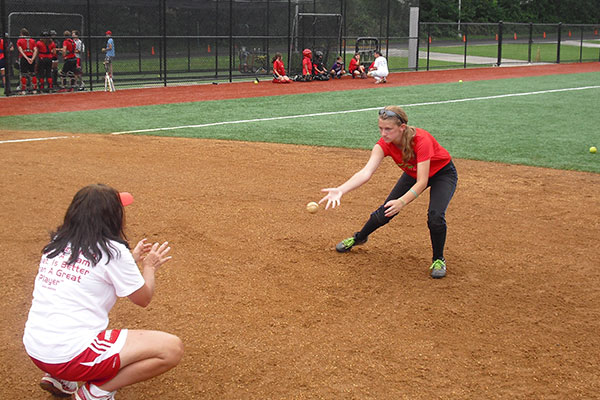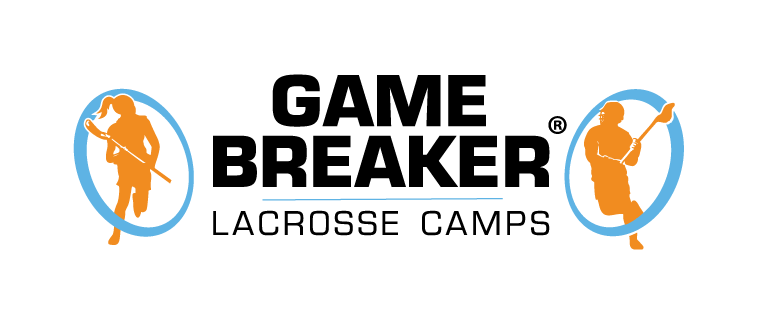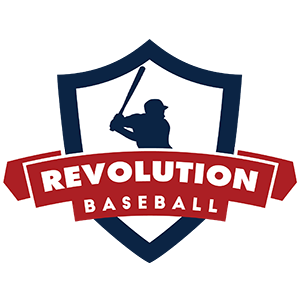One of the most important things you can do as an athlete is figure out the role or position that works best for you, and that’s true when it comes to softball — it’s a part of your identity! When someone asks you what sport and position you play, there’s typically a lot of pride that goes into the answer, especially the second part of it.
If you’re just about to get immersed in the softball world, or you’re already a softball player and don’t think your current position best suits you, then this post is for you. We’re going to spend some time talking about each position and the particular traits/skills that are needed to be successful over the long haul. Before we do that, let’s cover our bases.
How Many Players Are in a Softball Game?
Fastpitch softball, what most of us know and refer to as just softball, involves 9 players on the field for each team during a game. Each softball player has a specific role or position that contributes to the team’s overall performance and strategy.
How Many Positions Are There in Softball?
In softball, there are 9 key positions, each with its unique responsibilities and skill requirements. These positions are divided into infielders, outfielders, a pitcher, and a catcher.
Softball Positions
Infield Positions (Infielders)
First Baseman
The first baseman is the infield’s anchor, primarily responsible for fielding ground balls and catching throws from other infielders to achieve outs at first base. Often the best power hitters on the team, first basemen need to have quick reflexes for fielding pop flies and the ability to pick throws out of the dirt. They are also in charge of tracking down softballs that are hit down the right field line into foul territory. While not mandatory, being left-handed is an advantage for this position.
Second Baseman (Middle Infielder)
Positioned between first and second base, the second baseman handles ground balls, turns double plays, and covers first base on certain plays. Their agility and quick hands are crucial for fielding, which is why they’re often known for their fielding skills rather than arm strength. Second basemen are usually also fast, agile, while being a skilled contact hitter at the plate. They also have to be good communicators, as their position requires communication with the shortstop for smooth infield operations.
Shortstop (Middle Infielder)
This player covers the area between second and third base, fielding ground balls, catching pop flies, and participating in double plays. Similar to baseball, shortstops on a softball team are usually the best athletes on their respective squads. Because a lot of players are right-handed hitters, a lot of balls will come the shortstop’s way, so it’s a must for them to have a strong throwing arm and excellent defensive skills, along with the range and agility to move around the field easily. As the de-facto leader of the infield, they also need to have strong leadership skills.
Third Baseman
The skill set for a good third baseman is similar to a shortstop, although they have an even stronger throwing arm because they must whip the ball across the diamond, and they typically hit for more power at the plate. They also need to be fearless in the field because the ball comes in fast. After all, it’s not called the “hot corner” for no reason. The third baseman will also cover balls hit down the left field line into foul territory.
Outfield Positions (Outfielders)
Left Field
The left fielder covers the left third of the outfield, catching fly balls, backing up third base, and fielding hits that get past the infielders. Throws from left field aren’t usually too long, so it’s not necessary to have more than an average arm, but that makes it all the more important to be a good fielder. Speed also isn’t a huge factor, meaning there’s a greater focus for a left fielder on being one of the team’s better power hitters as well.
Center Field
Great center fielders have a lot of speed and are very good at tracking down fly balls since they typically have the most ground to cover. A strong throwing arm is necessary to throw to the infield, especially third base and home plate. This strength also means center fielders may turn into successful slap hitters in the batter’s box.
Right Field
Right fielders are typically known for having the strongest outfield arm because they need to toss the ball all the way to third base. They’re typically not as skilled as the center fielder, but they are still skilled at tracking down fly balls. There’s also an expectation for having decent speed and being a modestly powerful hitter at the plate.
Pitcher
Pitchers are essential to a good softball team because it’s incredibly hard to be consistently successful without a skilled pitcher, as they’re in control of the game’s pace. Some skills and character traits shared by many softball pitchers include the following: mentally tough, good under pressure, ability to have an athletic delivery that’s repeatable, and they’re very competitive with natural leadership tendencies
Catcher
Being a catcher is mentally and physically draining, especially during the middle of summer. Catchers must have strong legs that can withstand constant squatting throughout a season. The catcher is primarily responsible for foul balls hit directly behind home plate, and hitting skills is a plus but less of a requirement. Because they must be in sync with the pitcher, they need to have a strong arm to go along with excellent hands and receiving technique, and they must have tight footwork as they maneuver themselves behind the plate.
Offensive Positions
We know what you’re thinking: What about the batter and base runners?! When you count up softball positions by number, hitters and base runners don’t make the cut. That’s because they are not considered part of the 9 players on the field in softball (or baseball). The count of 9 players refers specifically to the defensive positions on the field.
Batter
Every player takes on the role of a batter when it’s their turn to hit. Success in batting involves a combination of power, speed, and strategic thinking to outmaneuver the opposing team’s defense. The best hitter is normally placed third in the team’s rotation, with the idea being that the third batter will have a good chance to hit with runners on base, maximizing the potential to drive in runs.
Base Runners
Once a player hits the ball and gets on base, they become a base runner. Speed, agility, and quick decision-making are essential in advancing to the next base and ultimately scoring runs.
What is the Best Position in Softball to Play?
Determining the ‘best’ position in softball is subjective and depends on a player’s skills, preferences, and physical attributes. Each position has its unique challenges and rewards, making the sport inclusive for various types of athletes. Whether you love the strategy and control of pitching, the agility and quick thinking of infield positions, the range and speed of the outfield, or the resilience and leadership of catching, there’s a role for everyone in softball!
Are you a softball pitcher or a natural shortstop? Attend one of our softball camps this summer to figure out what position in softball is best for you!









